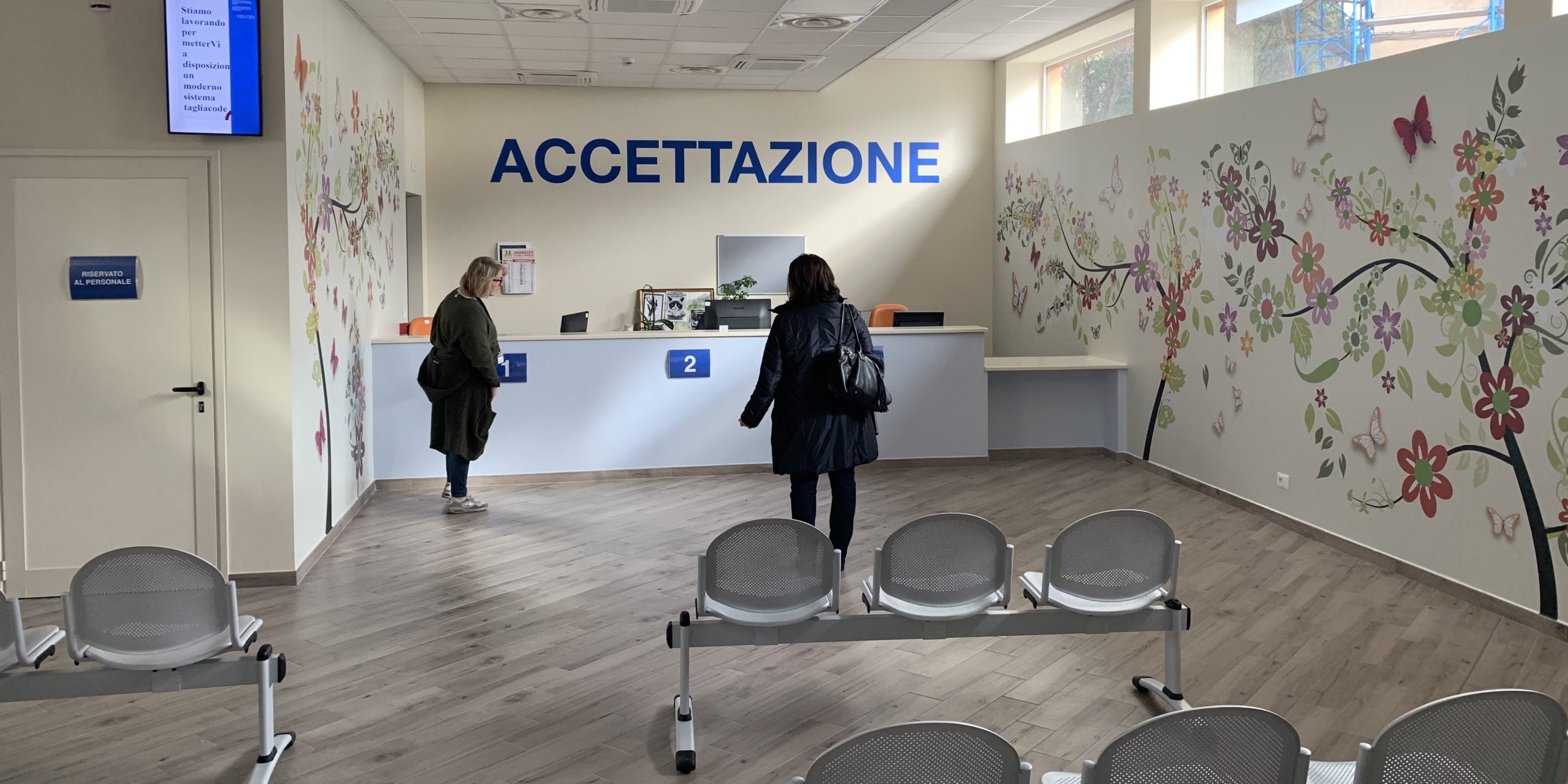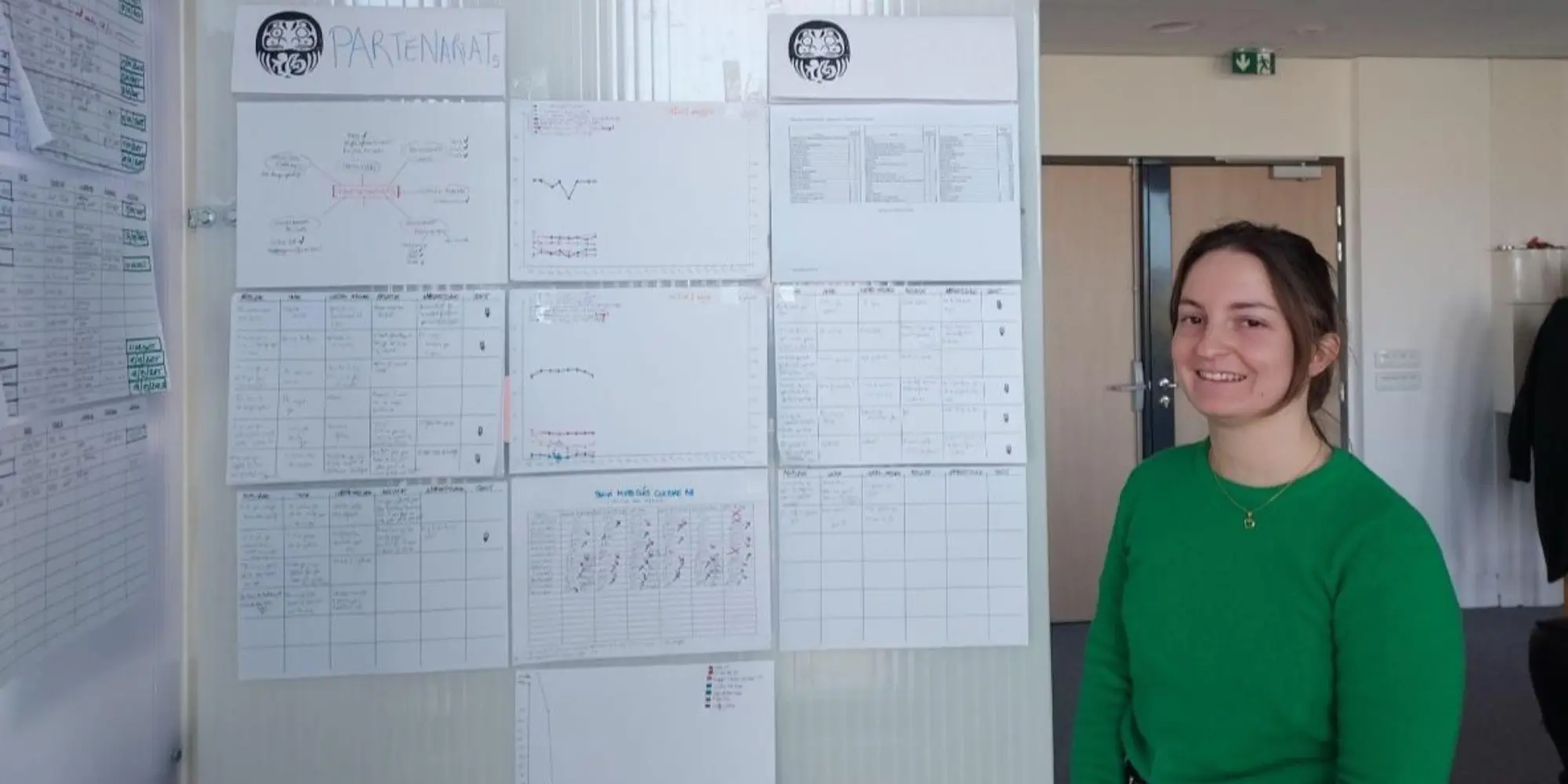
Durward Sobek shares a few valuable insights on LPPD
90-SECOND Q&A – At a recent summit, our editor Roberto Priolo sat down with Durward Sobek to discuss design thinking, obstacles to the application of lean in product and process development, and why LPPD in services is a bit different.
Interviewee: Durward Sobek, Professor and Program Coordinator of Industrial & Management Systems Engineering, Montana State University
Roberto Priolo: In your experience studying organizations that are trying to apply lean product and process development principles, what seems to be the biggest hurdle they face?
Durward Sobek: There are two main issues that come up a lot. The first one is the difficulty to understand where to start – and there are many different ideas on that. The second one is an obstacle every lean practitioner knows well: the struggle to get management to buy in.
RP: What dimension does LPPD add to the benefits a company can get from traditional applications of lean thinking?
DS: It’s an application of an alternative management approach to a different kind of work: knowledge creation. Some of the questions LPPD can help us to answer include: “How do we look at this type of work and say what’s adding value and what’s not” “How do we teach people problem solving and have them align towards a common direction in this area where a lot of the work is not visible?” or “How do we assess quality?” This is a very challenging environment, but there is no doubt LPPD pushes lean thinking to a new level.
RP: What are the differences between applying lean to the development of a product and that of a service?
DS: There is quite a bit of difference. The second P in LPPD stands for process (as in manufacturing process) and we put it in there to remind ourselves that if we focus exclusively on the product and pay little attention to how we deliver it, we only get half of the picture. Lean is a system!
The difference with designing a service is that the customer is much more involved in the creation of that process. In the service industry, we are almost talking about co-creation of the product with the customer, and the concurrent development of the product and the process nearly in real time.
RP: What is the relationship between LPPD and design thinking?
DS: Design thinking is a great approach. Interestingly, not much in it is particularly new, but I must say that the community has found a very engaging and fun way to package and teach it.
As an approach, it is very consistent with what we believe in: the idea of really engaging and understanding your user and starting by really understanding what they consider to be value-added is very much in line with traditional lean thinking.
The same is true for their way of looking at lots of ideas and running quick experiments to learn about them so that you can make intelligent decisions.
There are also a few differences, of course. To me, the most evident is that design thinking is not quite as comprehensive as lean. In particular, it doesn’t address the issue of scalability – at present, it is quite difficult to apply design thinking to large R&D departments. I am sure that if they were to tackle that problem, design thinkers would reach conclusions similar to ours – actually, it would be very interesting to bring them in and compare ideas.
RP: You recently participated in the European edition of the LPPDE event. What is the state of adoption of LPPD principles in Europe compared to the United States?
DS: LPPD adoption in the US and Europe is pretty comparable, even though Europe might be focusing a bit more on visual management than the US does – which is triggered by the Scandinavian countries.
THE INTERVIEWEE

Durward K. Sobek II is a Professor and Program Coordinator of Industrial and Management Systems Engineering at Montana State University. He has been researching lean product development and lean healthcare for nearly two decades. Durward is co-founder of the not-for-profit Lean Product and Process Development Exchange, Inc. whose mission is to share and expand the body of knowledge around lean product and process development. He is a frequent presenter, and has co-authored Lean Product and Process Development, 2nd edition with Allen C. Ward and Understanding A3 Thinking: A Critical Component of Toyota's PDCA Management System.
Read more


FEATURE – The renovation of one of its departments gave a hospital in Italy the perfect opportunity to redesign his oncology care with lean healthcare principles in mind.


FEATURE – Following a webinar with product development expert Jim Morgan, the author reflects on what the Toyota New Global Architecture and Chief Engineer system can teach us.


NOTES FROM THE GEMBA — This French tech firm thrives through Lean Thinking, continuous learning, and customer-focused innovation, embodying Toyota-inspired resilience in software development.


SERIES – In the final article in their series on lean process development, the authors discuss what it takes to get started with their 6CON process development model.

